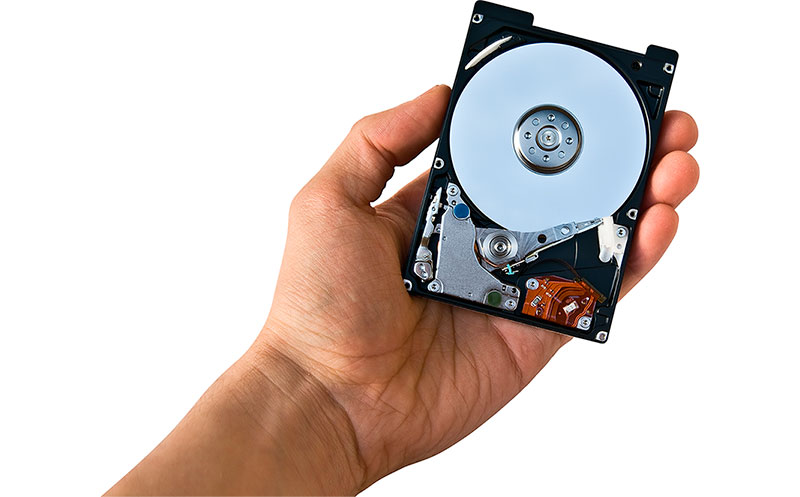Losing data from a hard drive can be a devastating event, whether it’s due to hardware failure, human error, malware infection, or any other reason. Fortunately, in most cases, the data is not permanently lost and can be recovered with the right approaches and tools. In this article, we’ll explore essential strategies and steps to recover data from a hard drive, allowing you to minimize the consequences of data loss.

See How to Recover Data from Hard Drive
1. Initial Assessment
When you realize that you have lost data from your hard drive, the first step is to perform an initial assessment of the situation. Determine the reason for data loss, such as accidental deletion, accidental formatting, system failure, virus, etc. This initial assessment will help direct your recovery approach.
2. Stop Using the Disk Immediately
As soon as you notice data loss, it is crucial to stop using the hard drive immediately. This prevents accidental data overwriting and increases the chances of successful recovery. Any activity on the hard drive can overwrite the lost data, making it unrecoverable.
3. Determine the Source of the Problem
Before proceeding with recovery, try to determine whether the problem is physical or logical in nature. Physical problems involve hardware failures, such as a damaged hard drive, while logical problems relate to software errors, such as corrupted file systems. This step helps you choose the best recovery approach.
4. Recovery Options
There are two main approaches to recovering data from a hard drive: using data recovery software and using professional recovery services. Let’s explore both:
4.1. Data Recovery Software
There are a variety of data recovery software tools available, many of which can be used by non-technical users. Some examples include Recuva, EaseUS Data Recovery Wizard, TestDisk, and others. These programs work well for recovering data due to accidental deletion or formatting, and can be an effective solution for logical issues.
4.2. Professional Recovery Services
If the problem is more serious and involves hardware failure, turning to professional data recovery services may be your best option. Specialized companies have advanced tools and technical expertise to deal with damaged hard drives and other complex situations. However, these services can be expensive and may not guarantee complete recovery of all data.
5. Future Prevention
Once you’ve successfully recovered your data, it’s essential to implement preventive measures to prevent future losses. Regularly back up your data to external devices, cloud services, or secure locations. Keeping your system up-to-date with security and antivirus software also helps prevent malware infections.
Conclusion
Losing data from a hard drive can be a distressing experience, but with the right approaches, it is often possible to recover lost data. Carefully assessing the situation, choosing the right approach, and future prevention are essential steps in dealing with data recovery. Always remember to immediately stop using the hard drive as soon as you notice data loss, and consider seeking professional help if the problem is complex or involves hardware failure.